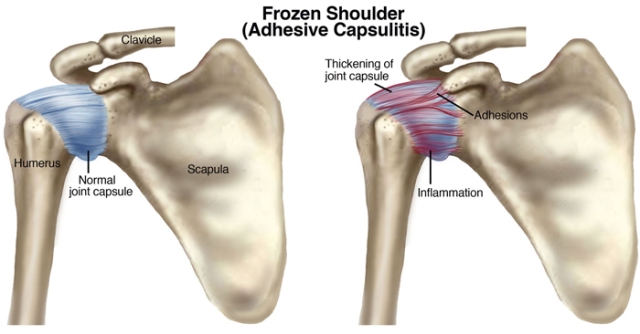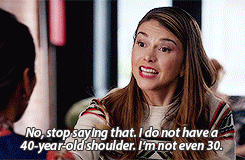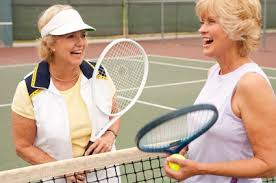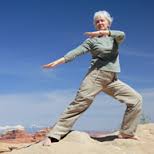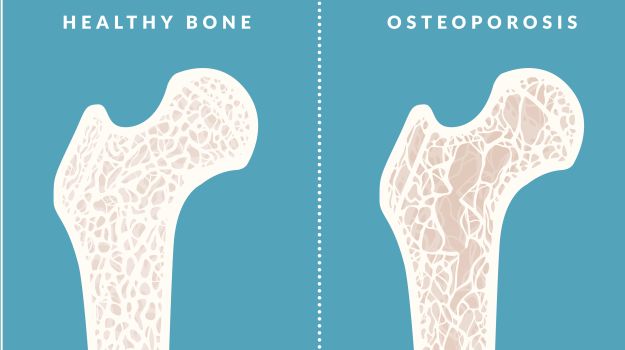If you’re in pain, try physical therapy before relying on painkillers
with advice from Clif Rizer, DPT/ATCret/CSCS
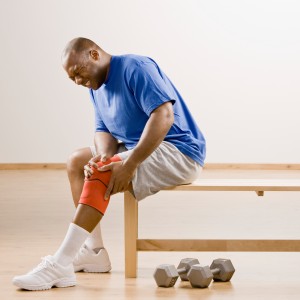
You are on your way home from working out at the gym or playing a game of softball. You press on the brake to slow down at a stoplight, and pain sears through your knee. It’s not the first time this has happened, so you decide to talk to your doctor. Do you ask for painkillers, or do you talk to your physician about seeing a physical therapist?
There’s no question that pain hurts, says Clif Rizer a physical therapist and the owner of Gabriel Rehabilitation, a private physical therapy practice. It’s how you respond to the pain that will affect your health in the long run.
If you merely rely on painkillers to treat pain, particularly opioid painkillers, you could be setting yourself up for long-term problems like depression and addiction without ever treating the cause of the problem.
There are many reasons patients come to rely on opioids to treat pain. Clif notes that there are many reasons patients come to rely on opioids to treat pain:
Busy physicians want to make patients feel better, and narcotics do that.
Many injuries involve back, shoulder or other musculoskeletal injuries, and narcotics are the most common prescription for such pain.
Direct dispensing by physicians may play a role in the growth of narcotic prescriptions. Dispensing medications is a primary revenue generator for many doctors today.
Injured patients often simply pressure their MDs to prescribe opioids.
Meanwhile, the U.S. is seeing a surge in prescription drug use. While many patients do need such drugs, our society is also seeing the downside of their usage — the Centers for Disease Control and Prevention (also known as the CDC) has calculated that there were five times as many deaths from opioid overdoses in 2016 as there were in 1999.
This is one of the reasons the CDC is recommending that Americans consider other ways to manage pain, including weight loss, less addictive over-the-counter medications, and physical therapy.
Physical therapy has been shown to be extremely effective in reducing pain if one has low back pain, arthritis in your hips or knees, or fibromyalgia.The American Physical Therapy Association, along with the CDC, notes that physical therapy is especially helpful in certain situations. If you have low back pain, arthritis in your hips or knees, or fibromyalgia, physical therapy has been shown to be extremely effective in reducing pain. And if the pain has lasted longer than 90 days, it is considered to be chronic pain, a condition for which the CDC notes “clinicians should consider opioid therapy only if expected benefits for both pain and function are anticipated to outweigh risks to the patient.”

I am reminded of a saying in the physical therapy community: Opioids lead to dependence, but physical therapy leads to independence. While it does take more time than popping a pill, PT can’t create an addiction, and there is no risk of overuse. Plus, if you work with a physical therapist, we can help you set and reach goals for a healthier life, moving more and feeling better.


